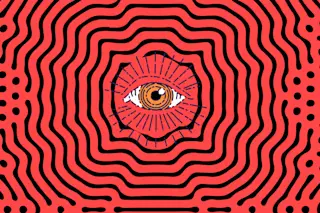As you read this story, perhaps you are sitting in a chair in your living room or on an airplane bound for Cancún. Now dig a little deeper, focus inward, and ask yourself this: What is the location of your internal being, your sense of self, that most essential I? Sure, you exist in your body, in your head presumably, itself ensconced someplace particular in the world. But what if all that were secondary? What if your perception could be altered so that you could be anyone and anyplace at all — leaving without traveling?
Those are real possibilities now posed by neuroscientists studying the locus of self- perception in the brain. The research suggests that our concept of self, along with a related quality called presence (the sense of being immersed in a location or environment), need not be tied to our physical bodies. Although most of the current ...














